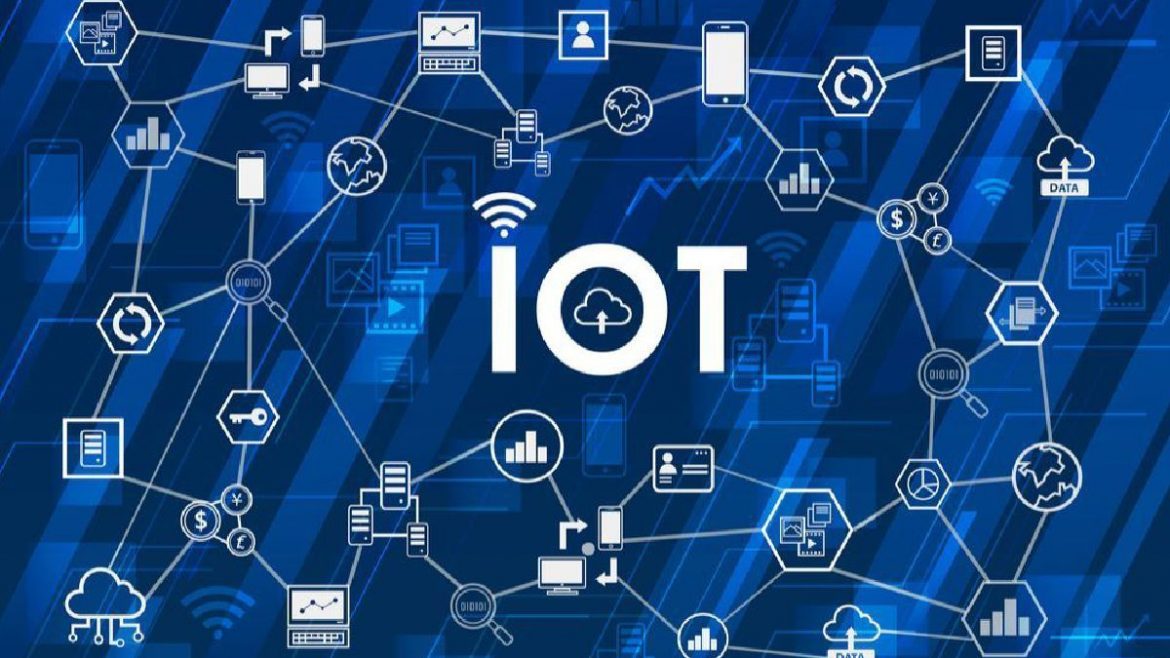Blockchain Technology applications are in a vast number of industries, from identity management to the Internet-of-Things (IoT). Its use cases are based on its features of decentralization, trustlessness, and transparency. Though applications face challenges like scaling, infrastructure, and large scale implementation, blockchain initiatives are gaining ground and converging with technologies like IoT. As it becomes increasingly clear that blockchain tech is relevant, government institutions and bodies are striving to drive blockchain adoption through partnerships across industries and leading tech companies. This highlights an almost natural link between Blockchain Tech and IoT.
IoT is an innovative technology used as a bridge between the digital and physical world. Without Blockchain, IoT faces identity management, security, and peer-to-peer issues. The blockchain serves as a platform for trust, security, and transparency, which is the basic requirement for massive IoT applications.
Let’s explore 5 ways in which Blockchain Tech can improve IoT.
Resolving Peer-to-Peer Issues
Peer-to-peer (P2P) technology is already ingrained in millions of IoT devices including security cameras, smart doorbells, baby monitors, and video recorders, but the current state of these devices also include some security flaws that may allow them to be compromised easily, exposing users to dangers from credential and identity theft and takeovers from remote locations. The solution comes from Blockchain Tech combined with AI to bridge the gap in security and enable peer-to-peer contractual behavior without the need for third-party certification in IoT transactions. Additionally, it tackles the challenge of scale, point of failure, record, privacy, timestamp, and reliability in a very consistent way.
Tackling Security Challenges
If an IoT network becomes decentralized, it will have the ability to tackle security challenges. Blockchain provides autonomy, successful processing of transactions, tracking and coordination of millions of smart devices and this can be instrumental in tackling an IoT network’s security challenges. Since blockchain technology is based on cryptography, its integration into the IoT network can provide additional privacy and security.
Data Management at various levels
IoT employs a centralized authority in the management of data generated by IoT devices which causes a lack of transparency in how user data is shared among third party entities. Blockchain will provide IoT devices with a decentralized system where all data access permissions will be enforced through smart contracts. With smart contracts applications, multiple parties can specify rules that govern interactions, without the need for a centralized system.
Making the IoT network resistant to attacks
Consumer data will remain safe in the IoT network with blockchain implementation. Data on the blockchain lies scattered in a ledger and it becomes impossible to tamper it.
Maintaining a history of devices
IoT connects several devices in its network and their activity logs are centralized. This makes them susceptible to hacks. Blockchain Technology can store the log of device activity in a distributed ledger, thus decentralizing the network and maintaining the history of devices in a tamper-proof way. Thus devices would function autonomously without the need for a controlling authority.

1 comment
[…] Technology […]
Comments are closed.